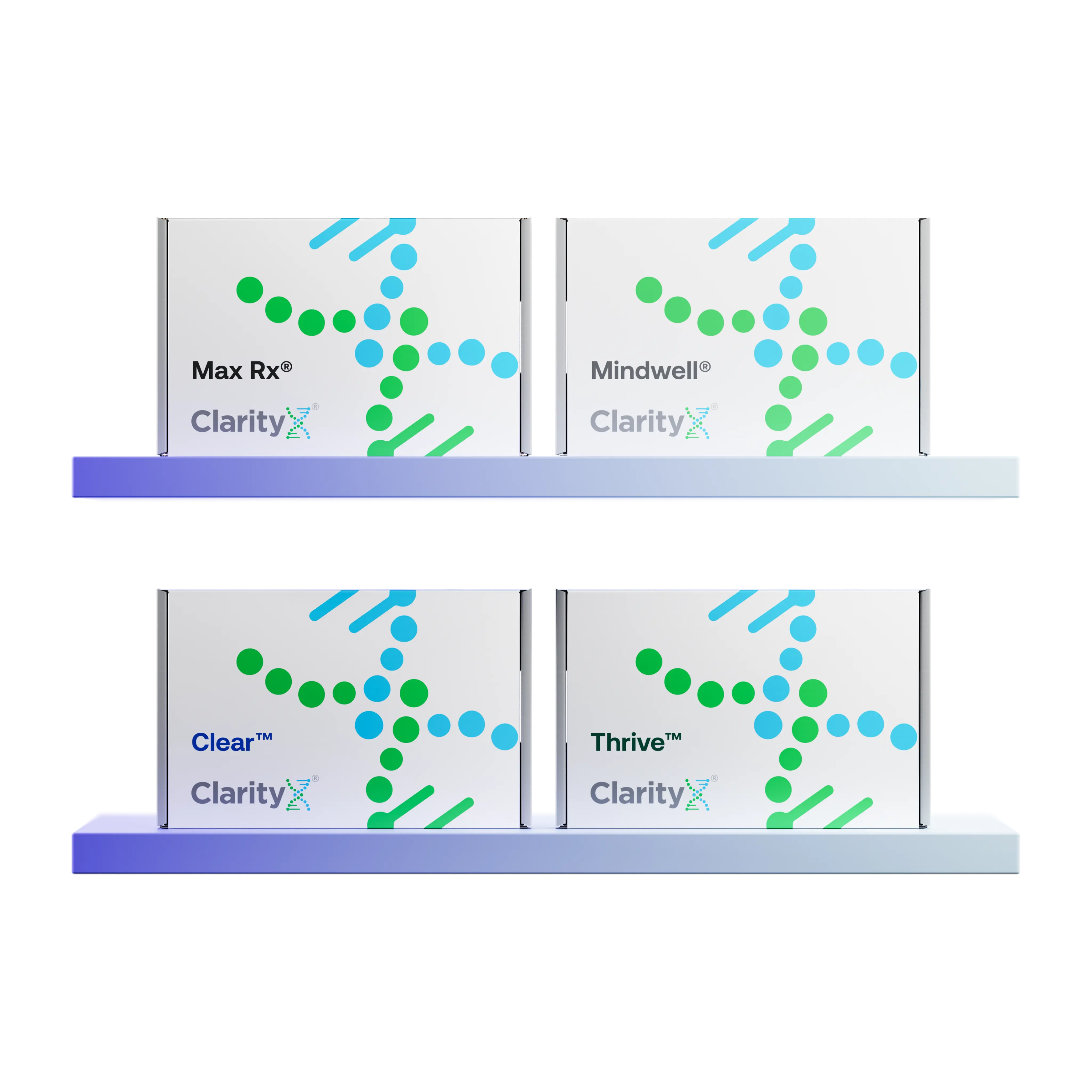Key Highlights
- Passive aggressive behavior is an indirect way of expressing negative feelings or hostility.
- Common signs include procrastination, the silent treatment, sarcasm, and backhanded compliments.
- The term originated during World War II to describe soldiers showing passive resistance.
- This behavior can severely damage interpersonal relationships by creating confusion and resentment.
- Managing it involves recognizing the signs and using direct communication to address the underlying issues.
- Understanding your own emotions is the first step to changing your own passive aggressive patterns.
Introduction
Have you ever asked someone what’s wrong, only for them to say, "I'm fine," when they are clearly upset? This is a classic example of passive aggressive behavior. Passive aggression is an indirect way of expressing negative emotions instead of openly addressing them. While it might seem like a way to avoid conflict, this communication style can create confusion, drain your energy, and damage your relationships. Understanding this behavior is key to improving your interactions and overall mental health.
Understanding Passive Aggressive Behavior
Passive aggressive behavior is a pattern where you indirectly express negative feelings instead of openly stating them. It is a form of hostility that avoids direct confrontation. While it was once considered for inclusion as a passive aggressive personality disorder in medical guides, it's now seen more as a behavioral pattern that can affect anyone.
This behavior can be confusing because what a person says is different from what they do. Recognizing this disconnect is the first step toward better communication. Let's explore what defines this behavior and how it differs from being assertive.
Defining Passive Aggressiveness
So, what does passive aggressive behavior mean? It’s a deliberate and masked way of expressing feelings of anger. A person engaging in this behavior avoids direct confrontation but shows their annoyance through their actions. Think of it as hidden hostility. Instead of saying, "I'm angry with you," they might agree to a request and then purposefully do it poorly or not at all.
This pattern of negative attitudes and passive resistance was once listed as a proposed disorder in the American Psychiatric Association's Diagnostic and Statistical Manual of Mental Disorders (DSM). Although it was later removed, the description highlights its core nature: a persistent refusal to express negative feelings directly.
Ultimately, it’s a counterproductive communication style. The person uses inaction, sullenness, and stubbornness to make their point without having to be upfront. This leaves the other person feeling confused and frustrated, as the real issue is never brought to light.
Key Differences Between Passive Aggressive and Assertive Behavior
Understanding the difference between passive aggressive and assertive behavior can help you see why one builds relationships while the other damages them. Assertiveness is about expressing your thoughts and feelings openly and respectfully. Passive aggressiveness, on the other hand, is about hiding them.
Direct communication is the foundation of assertiveness. You state your needs clearly without being pushy or attacking the other person. Passive aggressiveness avoids this clarity, leading to misunderstandings. While it may feel safer than direct confrontation, it prevents any real resolution.
Here is a simple breakdown of the differences:
Recognizing Common Signs of Passive Aggressive Behavior
Spotting passive aggressive behavior can be tricky because it is designed to be subtle. However, there are common red flags that can signal when someone is not being direct with their feelings. These actions often leave you feeling confused, frustrated, or like you are walking on eggshells.
Learning to identify these signs is the first step toward addressing the passive aggression. From procrastination to backhanded compliments, these behaviors are indirect expressions of anger or resentment. Below, we’ll look at some typical actions and verbal cues to watch for.
Typical Behaviors to Watch For
What are the common signs of passive aggressive behavior? While they vary, certain patterns tend to emerge. These actions are often a form of passive resistance, especially toward requests from others, including authority figures.
A person might agree to do something but then intentionally miss the deadline or do a poor job. They might be trying to punish you without saying a word. Watch for these typical behaviors:
- Procrastination: Repeatedly putting off tasks they have agreed to complete.
- The Silent Treatment: Ignoring you or refusing to communicate when they are upset.
- Making Excuses: Constantly having a reason for not following through, instead of just saying no.
- Sullenness or Moodiness: Pouting, sighing heavily, or acting withdrawn to show their displeasure.
These actions are all ways of avoiding a direct conversation about what is truly bothering them. By recognizing this pattern of passive aggressive behavior, you can start to understand that their actions are a veiled message of their unhappiness.
Verbal and Nonverbal Indicators
Beyond actions, passive aggressive communication often includes specific verbal and nonverbal cues. Sarcasm is a frequently used tool. A person might make a sarcastic comment that has a sting of truth, allowing them to express frustration while maintaining plausible deniability.
Backhanded compliments are another key indicator. For example, a coworker might say, "Congrats on the promotion! I didn’t expect you to get it!" These phrases sound positive on the surface but carry an underlying insult. Other indicators include:
- Saying "I'm fine" when their body language says otherwise.
- Using a tone that contradicts their words.
- Loud sighing or slamming doors.
- Avoiding eye contact or giving rigid hugs.
These verbal and nonverbal signals are just as telling as actions. Paying attention to tone of voice and body language can help you spot the disconnect between what someone says and what they actually feel.
Examples of Passive Aggressive Actions
Passive aggressive behavior shows up in many different ways across all areas of life, from home to the workplace. It is a tool people use to express hostility or frustration without engaging in a direct conflict. This can look like "forgetting" an important task or giving someone the silent treatment.
These actions, while seemingly small, can erode trust and create a toxic environment. Understanding how this behavior appears in everyday situations can make it easier to identify and address. Let's look at some common examples.
Everyday Situations at Home and Work
Can you give simple examples of passive aggressive behavior? Absolutely. It happens more often than you might think in daily interactions with a coworker, family member, or romantic partner.
At home, a partner might agree to do the dishes but then procrastinate for hours, forcing you to do them yourself. Or, they might give you the silent treatment after an argument instead of talking about what’s wrong. At work, a coworker might conveniently "forget" to include you in an important email chain.
Here are a few more simple examples of passive aggressive behavior:
- A family member makes excuses to avoid social gatherings with someone they dislike.
- A roommate leaves a sink full of dirty dishes to "send a message" about chores.
- A manager gives vague instructions to set an employee up for failure.
- A friend gives a backhanded compliment about your new outfit.
Passive Aggressive Communication Styles
How can I deal with someone who is being passive aggressive? The first step is recognizing their communication style. Passive aggressive communication is defined by its indirectness. For instance, instead of refusing a request, a person might say "I'll get to it" with no intention of doing so. This form of passive resistance undermines effective communication skills.
In digital communication, this can manifest as short, one-word replies to a detailed email or leaving you on "read" without a response. These actions are designed to signal displeasure without the need for a direct conversation.
This style creates a cycle of frustration. You are left guessing what the other person wants, and they become more resentful because their unspoken needs are not being met. Breaking this cycle requires shifting the focus toward more open and honest dialogue.
Causes and Triggers of Passive Aggressive Behavior
People don't act passive aggressively without reason. This behavior often stems from deep-seated emotional patterns and external pressures. It can be a coping mechanism for individuals who feel unable to express anger, resentment, or frustration directly. This discomfort with confrontation can have a significant impact on their mental health.
The roots of this behavior can be linked to a person's upbringing, personality, or even the specific situation they are in. Exploring these causes helps foster a better understanding of why someone might choose indirect hostility over direct communication.
Psychological and Emotional Roots
Why do people act passive aggressive instead of being direct? Often, it comes down to a fear of their own emotions. Some individuals are taught that feelings like anger, sadness, or annoyance are unacceptable. As a result, they learn to suppress them. However, these negative feelings don't just disappear; they surface in indirect ways.
Passive aggressive behavior can also be a product of low self-esteem. A person who feels unimportant or unworthy may not believe they have the right to assert their needs. In these cases, acting passive aggressively can provide a sense of control or power that they feel they lack in direct interactions.
It might also be a way to handle overwhelming feelings. When confrontation seems too frightening or difficult, passive aggression can feel like a safer way to deal with anger without risking rejection or a full-blown argument.
External Factors and Social Influences
Is passive aggressive behavior a sign of an underlying issue? Yes, it can be. Often, this behavior is influenced by a person’s environment. For example, growing up in a household where the direct expression of emotions was discouraged can lead to passive aggressive tendencies in adulthood. If a child was punished for showing anger, they learn to hide it.
Social influences also play a significant role. In some situations, like in the workplace or with certain authority figures, open aggression is not socially acceptable. When a person feels angry at a boss or a respected family member, they may resort to a passive response to avoid negative consequences.
These external factors teach individuals that being direct is risky. As a result, they adopt passive strategies to navigate their relationships and social situations, even when those strategies are ultimately harmful.
Pharmacogenomics: Personalizing Treatment
When long-standing emotional patterns like the chronic hostility associated with passive aggression contribute to or stem from underlying conditions such as severe anxiety or depression, professional medical intervention may be required. Finding the right psychiatric medication to treat these underlying mood issues can often be a frustrating process of trial and error.
This is where the field of pharmacogenomic testing offers a modern solution.
Pharmacogenomics is the study of how your unique genetic makeup influences your body's response to drugs. Instead of guessing which medication might be most effective, a pharmacogenomic test like a ClarityX® Mindwell® test analyzes your DNA to predict how you metabolize (process) certain psychiatric drugs. This information helps your healthcare provider:
- Identify which medications may be more effective for you based on your genetics.
- Pinpoint which drugs might carry a higher risk of side effects.
- Determine the best dosage range to minimize complications.
By incorporating this genetic data, medical professionals can significantly reduce the time it takes to find a stable and effective treatment plan, helping to alleviate the emotional distress that might fuel passive aggressive behavior.
The Impact of Passive Aggressiveness on Relationships
The effects of passive aggressive behavior on interpersonal relationships can be incredibly damaging. Because the communication is indirect, it leaves the other person feeling confused, anxious, and resentful. This pattern erodes trust and makes it difficult to resolve conflicts, whether with a romantic partner, family member, or friends.
The Impact of Passive Aggressiveness on Relationships
The effects of passive aggressive behavior on interpersonal relationships can be incredibly damaging. Because the communication is indirect, it leaves the other person feeling confused, anxious, and resentful. This pattern erodes trust and makes it difficult to resolve conflicts, whether with a romantic partner, family member, or friend.
Over time, constant passive aggressiveness can create a significant disconnect. The underlying anger is never addressed, so it continues to fester and drive people apart. Let's examine how this plays out in different types of relationships.
Effects in Romantic Partnerships
How does passive aggressive behavior affect relationships? In romantic partnerships, it can be particularly toxic. When a romantic partner uses passive aggression, it prevents genuine emotional intimacy. Instead of resolving issues together, the behavior creates a wall of unspoken resentment.
Imagine your partner is upset but gives you the silent treatment instead of telling you why. You are left guessing what you did wrong, which can be emotionally exhausting. This lack of clear communication leads to a feeling of disconnect and loneliness within the relationship.
Over time, this pattern can destroy a partnership. The partner on the receiving end may grow tired of the constant guessing games and sarcastic remarks. Since the real issues are never addressed, they accumulate until the relationship breaks down under the weight of unresolved anger.
Passive Aggressiveness in Friendships and Family Dynamics
This behavior is just as harmful in friendships and family relationships. When a friend or family member is passive aggressive, it can make you feel constantly on edge. You may notice their moodiness or sarcasm but feel powerless to address it because they deny anything is wrong.
This can manifest as a family member "forgetting" important events as a form of punishment or a friend who agrees to plans but cancels at the last minute with a flimsy excuse. These actions are subtle forms of rejection that communicate displeasure without an open conversation.
Ultimately, this behavior damages the foundations of trust and respect. You may start to distance yourself from the person to avoid the emotional turmoil their passive aggressive behavior causes, leading to strained or broken relationships.
Strategies for Managing Passive Aggressive Interactions
Dealing with passive aggressive behavior requires a shift toward direct and open dialogue. Instead of reacting with your own anger or frustration, the goal is to create a safe space for honest conversation. This is not about winning a direct conflict but about encouraging healthier ways to communicate.
By using specific communication skills and techniques, you can address the behavior without assigning blame. This approach can help the other person feel more comfortable expressing their feelings directly, leading to better communication and stronger relationships.
Effective Phrases and Techniques for Addressing Behavior
Are there any phrases that help address passive aggressive behavior? Yes, using non-judgmental, observational language can open the door to a more productive conversation. The key is to focus on the behavior and how it makes you feel, rather than accusing the other person. This promotes direct communication and assertiveness.
Start by calmly pointing out what you've observed. When you address the passive aggressiveness directly but gently, you show that you are aware of what is happening and are not willing to play along.
Here are a few effective phrases to try:
- "I've noticed you seem quiet. If something is on your mind, I'm here to listen."
- "You seem angry with me. Can we talk about what's going on?"
- "When you say you'll do something and then don't, I feel confused. What can we do to solve this?"
- "I feel hurt by that comment. Can you help me understand what you meant?"
Encouraging Direct and Healthy Communication
How can I stop myself from being passive aggressive? Changing this pattern starts with self-awareness. Pay attention to your feelings. When you notice yourself getting angry or resentful, acknowledge the emotion instead of pushing it down. Understanding what you are feeling is the first step toward expressing it in healthier ways.
Next, practice expressing yourself directly. This might feel uncomfortable at first, but it is a crucial skill for building strong relationships. Use "I" statements to communicate your feelings without blaming others. For example, say "I feel frustrated when..." instead of "You always make me...".
Remember that changing long-standing habits takes time. Be patient with yourself as you work on developing better communication skills. Learning to handle conflict directly is an empowering step toward ending your own passive aggressive behavior and fostering more honest connections.
Conclusion
In conclusion, understanding and managing passive aggressive behavior is essential for fostering healthier relationships. By recognizing the signs, differentiating it from assertiveness, and addressing the underlying triggers, you can create an environment that encourages open communication. Whether at home or work, employing effective strategies to confront passive aggressive actions with kindness can lead to more honest interactions and deeper connections. If you need further assistance in navigating these challenges, consider reaching out for a free consultation to explore personalized strategies tailored to your situation. Your journey towards improved communication starts today!
Frequently Asked Questions
How should I respond when someone is being passive aggressive? The most effective response is to use direct, non-judgmental communication. Calmly focus on the specific behavior you observed rather than accusing the person (e.g., "I noticed you sighed heavily when I asked for help. Is something bothering you?"). This creates a safe space and encourages them to express their true feelings directly.
Why do people use passive aggressive communication? Individuals typically resort to this behavior when they are uncomfortable or fear expressing negative emotions (like anger or resentment) directly. This often stems from a fear of conflict, rejection, or past experiences where they learned that expressing anger openly led to negative consequences.
Is passive aggressive behavior a mental illness or personality disorder? Passive aggressive behavior is generally considered a behavioral pattern or communication style, not a formal mental illness. While it was once listed in the DSM (Diagnostic and Statistical Manual of Mental Disorders), it is no longer recognized as a distinct diagnosis. However, it can be a component or symptom of other underlying mental health issues.
Resources:
https://www.psychiatry.org/psychiatrists/practice/dsm
https://www.psychologytoday.com/us/basics/assertiveness
https://psychcentral.com/anxiety/when-youre-scared-of-feeling-your-feelings
https://www.verywellmind.com/signs-of-low-self-esteem-5185978
https://www.therapistaid.com/therapy-worksheet/i-statements






